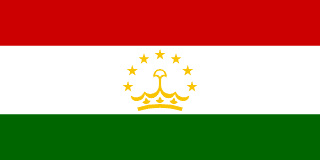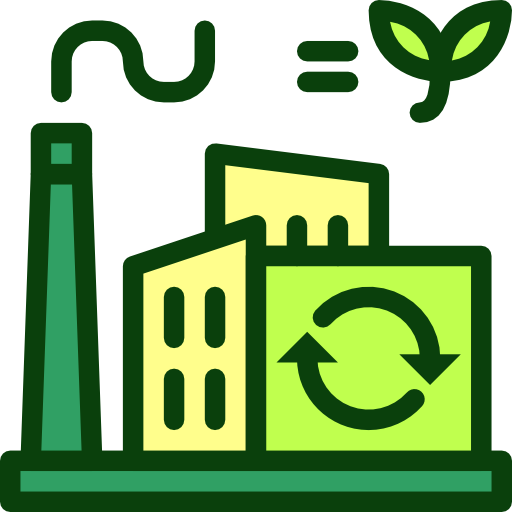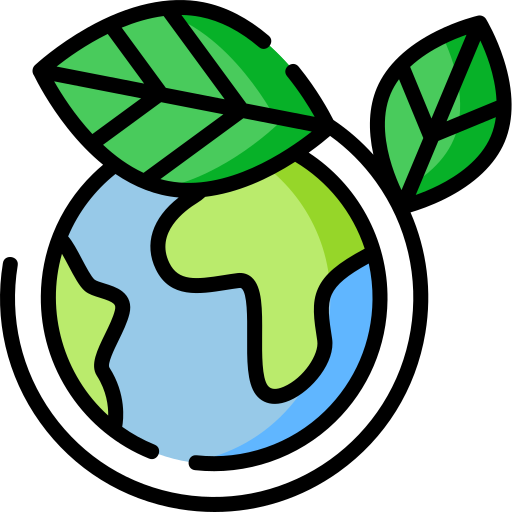Tajikistan - Geography

Here, let us take a look at the Geography of Tajikistan. Landlocked; highest point, Qullai Ismoili Somoni (formerly Communism Peak), was the tallest mountain in the former USSR. Mother's mean age at first birth is 23.2 years (2017 est.) (), whereas, the Maternal mortality ratio is 14 deaths/100,000 live births (2023 est.)
Geographical data of Tajikistan
| Location | Central Asia, west of China, south of Kyrgyzstan |
|---|---|
| Geographic coordinates | 39 00 N, 71 00 E |
| Map references | Asia |
| Tarrain | mountainous region dominated by the Alay Mountains in the north and the Pamirs in the southeast; western Fergana Valley in north, Kofirnihon and Vakhsh Valleys in southwest |
| Natural Resources | hydropower, some petroleum, uranium, mercury, brown coal, lead, zinc, antimony, tungsten, silver, gold |
| Natural Hazards | earthquakes; floods |
| Irrigated Land | 5,681 sq km (2022) |
| Major rivers (by length in km) | Syr Darya (shared with Kyrgyzstan [s], Uzbekistan, and Kazakhstan [m]) - 3,078 km; Amu Darya river source (shared with Turkmenistan, Afghanistan, and Uzbekistan [m]) - 2,620 km note: [s] after country name indicates river source; [m] after country name indicates river mouth |
| Major aquifers | |
| Land Boundaries | 4,130 km |
| Border Countries | Afghanistan 1,357 km; China 477 km; Kyrgyzstan 984 km; Uzbekistan 1,312 km |
| Coastline | 0 km (landlocked) |
| Climate | mid-latitude continental, hot summers, mild winters; semiarid to polar in Pamir Mountains |
| Area | |
| Total Area | |
| Land Area | 141,510 sq km |
| Water Area | 2,590 sq km |
| comparative Area | slightly smaller than Wisconsin |
| Maritime Claims | |
| Elevations | |
| Highest point | Qullai Somoniyon 7,495 m |
| Lowest point | Syr Darya (Sirdaryo) 300 m |
| Mean elevation | 3,186 m |
| Land Use | |
| Agricultural land | 27.9% (2023 est.) |
| Agricultural land: arable land | arable land: 6.1% (2023 est.) |
| Agricultural land: permanent crops | permanent crops: 1.5% (2023 est.) |
| Agricultural land: permanent pasture | permanent pasture: 20.4% (2023 est.) |
| Forest | 3.1% (2023 est.) |
| Other | 69% (2023 est.) |
Population Distribution
The population is concentrated at lower elevations, with perhaps as many as 90% living in valleys; overall density increases from east to west
People and Society
In Tajikistan, the different Ethnic groups are such that we have: Tajik 84.3% (includes Pamiri and Yagnobi), Uzbek 13.8%, other 2% (includes Kyrgyz, Russian, Turkmen, Tatar, Arab) (2014 est.)
| Population | |
|---|---|
| Pop growth rate | 1.92% (2024 est.) |
| Birth rate | 25.8 births/1,000 population (2024 est.) |
| Death rate | 4.7 deaths/1,000 population (2024 est.) |
| Health expenditure | |
| Physicians Density | |
| Hospital bed Density | 4.3 beds/1,000 population (2021 est.) |
| Total fertility rate | 3.56 children born/woman (2024 est.) |
| Gross reproduction rate | 1.73 (2024 est.) |
| Contraceptive prevalence rate | |
| Est married women (ages 15-49) | 72% (2023 est.) |
| Literacy | |
| Education expenditures | |
| Net Migration rate | -2 migrant(s)/1,000 population (2024 est.) |
| Nationality | Tajikistani | Tajikistani(s) |
| Languages | |
| Religions | Muslim 98% (Sunni 95%, Shia 3%) other 2% (2014 est.) |
| Age Structure | |
| 0-14 years | 36.9% (male 1,953,472/female 1,877,192) |
| 15-64 years | 59.3% (male 3,086,964/female 3,071,642) |
| 65 years and over | 3.9% (2024 est.) (male 181,382/female 223,411) |
| Dependency Ratios | |
| Total dependency ratio | 68.8 (2024 est.) |
| Youth dependency ratio | 62.2 (2024 est.) |
| Elderly dependency ratio | 6.6 (2024 est.) |
| Potential support ratio | 15.2 (2024 est.) |
| Median Age | |
| Total | 22.8 years (2024 est.) |
| Male | 22.3 years |
| Female | 23.2 years |
| Urbanization | |
| Urban population | 28.2% of total population (2023) |
| Rate of urbanization | 2.73% annual rate of change (2020-25 est.) |
| Major urban areas (Pop) | 987,000 DUSHANBE (capital) (2023). |
| Sex Ratio | |
| At birth | 1.05 male(s)/female |
| 0-14 years | 1.04 male(s)/female |
| 15-64 years | 1 male(s)/female |
| 65 years and over | 0.81 male(s)/female |
| Total population | 1.01 male(s)/female (2024 est.) |
| Infant Motality | |
| Total | 21.7 deaths/1,000 live births (2024 est.) |
| Male | 24.3 deaths/1,000 live births |
| Female | 18.9 deaths/1,000 live births |
| Life Expectancy at birth | |
| Total population | 71.9 years (2024 est.) |
| Male | 70.1 years |
| Female | 73.8 years |
| Drinking Water Sources | |
| Improved: urban | urban: 95.6% of population (2022 est.) |
| Improved: rural | rural: 76.6% of population (2022 est.) |
| Improved: total | total: 81.9% of population (2022 est.) |
| Unimproved: urban | urban: 4.4% of population (2022 est.) |
| Unimproved: rural | rural: 23.4% of population (2022 est.) |
| Unimproved: total | total: 18.1% of population (2022 est.) |
| Sanitation facility acess | |
| Improved: urban | urban: 98.9% of population (2022 est.) |
| Improved: rural | rural: 99.6% of population (2022 est.) |
| Improved: total | total: 99.4% of population (2022 est.) |
| Unimproved: urban | urban: 1.1% of population (2022 est.) |
| Unimproved: rural | rural: 0.4% of population (2022 est.) |
| Unimproved: total | total: 0.6% of population (2022 est.) |
| Alcohol consumption per capita | |
| Total | 0.85 liters of pure alcohol (2019 est.) |
| Beer | 0.38 liters of pure alcohol (2019 est.) |
| Wine | 0.01 liters of pure alcohol (2019 est.) |
| Spirits | 0.45 liters of pure alcohol (2019 est.) |
| Other alcohols | 0 liters of pure alcohol (2019 est.) |
| Child marriage | |
| Women married by age 15 | 0.1% (2017) |
| Women married by age 18 | 8.7% (2017) |
Demographic profile
All Important Facts about Tajikistan
Want to know more about Tajikistan? Check all different factbooks for Tajikistan below.
-
 Tajikistan Factbook
Tajikistan Factbook
-
 The Economy of Tajikistan
The Economy of Tajikistan
-
 Learn about the Government of Tajikistan
Learn about the Government of Tajikistan
-
 Communication in Tajikistan
Communication in Tajikistan
-
 Popular Universities in Tajikistan
Popular Universities in Tajikistan
-
 Enerny in Tajikistan
Enerny in Tajikistan
-
 Transport in Tajikistan
Transport in Tajikistan
-
 The Geography and society of Tajikistan
The Geography and society of Tajikistan
-
 The Environment of Tajikistan
The Environment of Tajikistan
-
 Military and security in Tajikistan
Military and security in Tajikistan